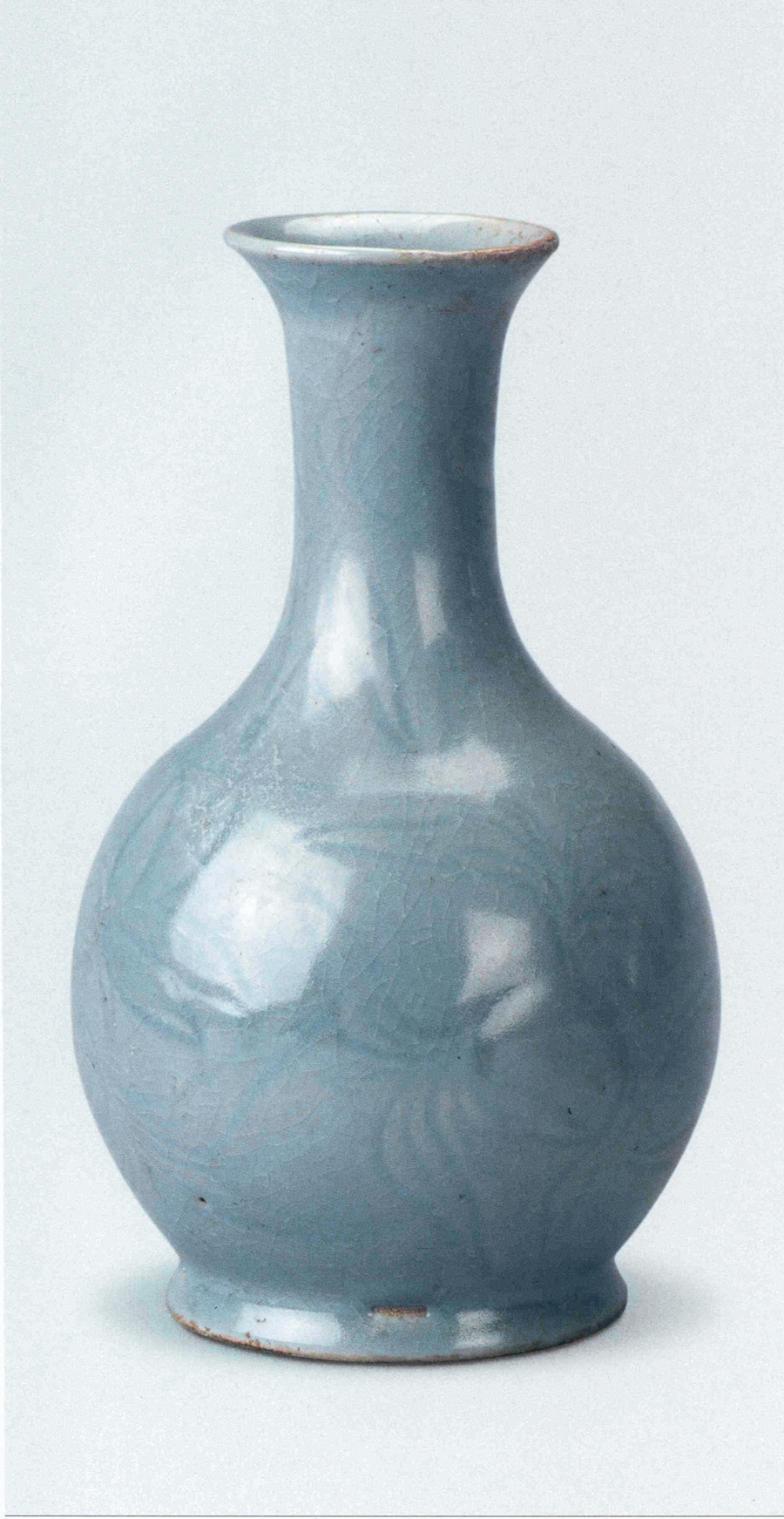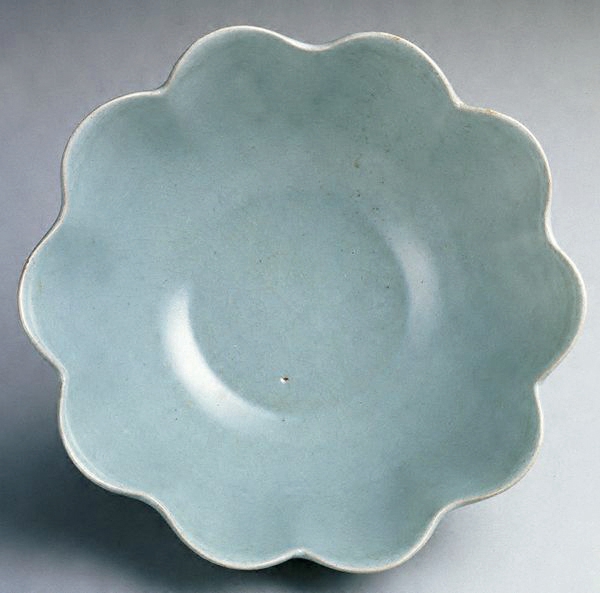Ru ware, an ethereal shade of blue
- By Song Xiaoyan
 0 Comment(s)
0 Comment(s) Print
Print E-mail China Today, March 14, 2018
E-mail China Today, March 14, 2018
A world record for Chinese ceramics was set when a Ru brush washer from the Northern Song Dynasty (960-1127) sold for HK $294 million (US $37.7 million) at Sotheby's in Hong Kong on October 3, 2017.

Named after its origin – the official kiln in Ruzhou, Henan Province, the Ru porcelain ware is recognized as the best of its time as well as in the entire history of Chinese ceramics. As the Northern Song production spanned a mere 20 years, less than 100 pieces have survived to date. This rarity makes Ru wares even more precious.
The Ru stoneware dates back to the later years of Northern Song, a period of political chaos but artistic resurgence. Its invention is said to be inspired by a dream of Emperor Huizong (1082-1135), an incompetent ruler but highly accomplished calligrapher and painter. One night the emperor saw in his sleep an occult shade of blue through a rift in clouds after a downpour. On waking up, he wrote about this scene in a poem, and instructed his potters to make porcelain of the color as described. The order had craftsmen across the land scratching their heads. Samples trickled in, but all were turned down by the monarch, until the kiln in Ruzhou produced the desired grayish blue glaze resembling the sky after rain.

When talking of the nuanced color of Ru ware, another oft used reference is the shell of duck egg. Neither can, however, fully depict its complexity and volatility. Under bright sunshine, the stoneware displays a golden touch on a celadon base; under dim light, the bluish tint becomes more pronounced.
Another hallmark of Ru ware is the crazing, fine lines or cracks on the glaze layer. This property comes from, among other things, ground agate as an ingredient of the glaze, which gives Ru wares exceptional crazing patterns on the surface and a myriad of tiny bubbles in the glaze, creating varying effects of reflection under light of different intensities and at different angles. Formerly deemed a defect, crazing is expertly harnessed into a kaleidoscopic glaze effect in the hands of Ru masters, further enhancing the ware's artistic value. The cracks on the Ru ware are of slightly varying depths, and intersect with each other, forming a pattern similar to fish scales.

Ru ware is also distinct for its jade-like gloss, which is owed to the semi-vitrified partially-enamelized glaze that evenly covers every inch of the surface, including the rim and curvature. Surviving Ru items are a very small number, and all of small sizes - under 30 cm in height. There are imitations from the Ming (1368-1644) and Qing (1644-1911) dynasties, which are artistically sophisticated in their own right, and bear characteristics of their respective times.

Qing Emperor Yongzheng (1678-1735) was an enthusiast of Ru wares. Enthroned at the age of 44, Yongzheng dedicated his younger years to reading and meditating on Buddhism and Taoism, which shaped his restrained personality and propensity for dainty artifacts of muted, subtle glamour – a quality that defines the Ru ware.
So far there are 67 and a half pieces of verified Ru porcelain from the Song Dynasty worldwide, with 17 in the collections of the Palace Museum in Beijing, 23 with the Taipei-based Palace Museum, seven in the procession of Percival David Foundation of Chinese Art of the U.K., four in Japan, and five in the U.S. Such rarity makes the Ru ware the holy grail for antique chinaware collectors, and has pushed its price to new highs at auctions.
SONG XIAOYAN is a course planner of antique chinaware at the Ancient Porcelain Courtyard Museum.






Go to Forum >>0 Comment(s)